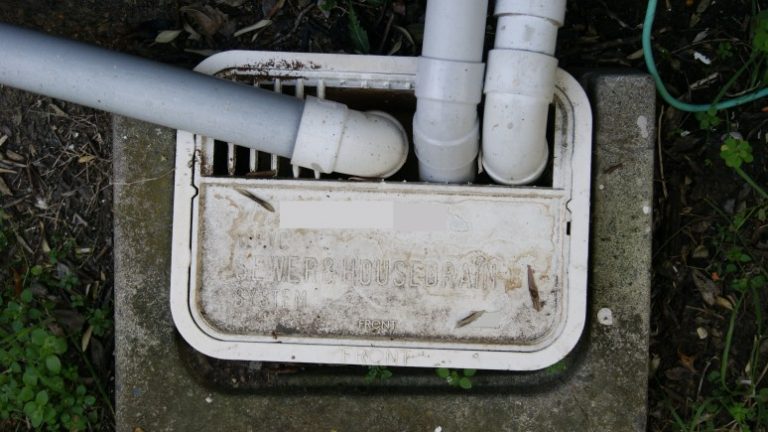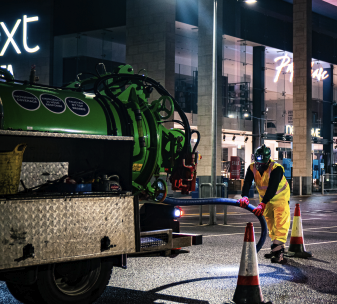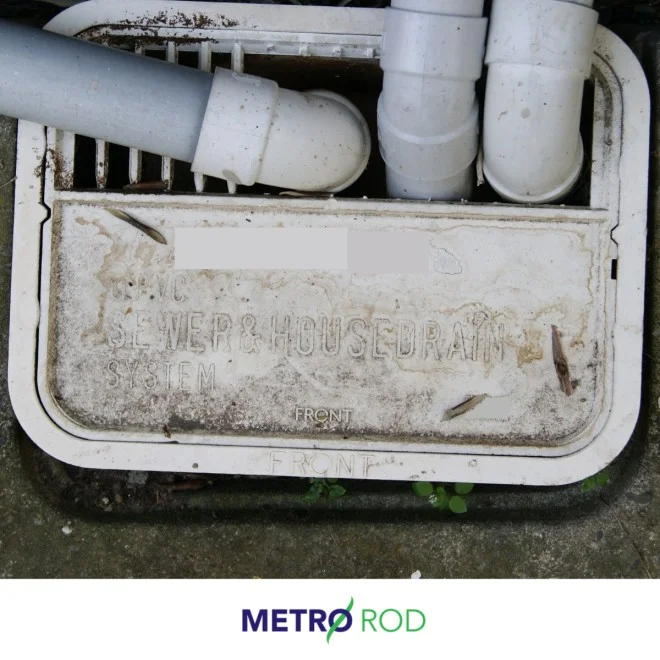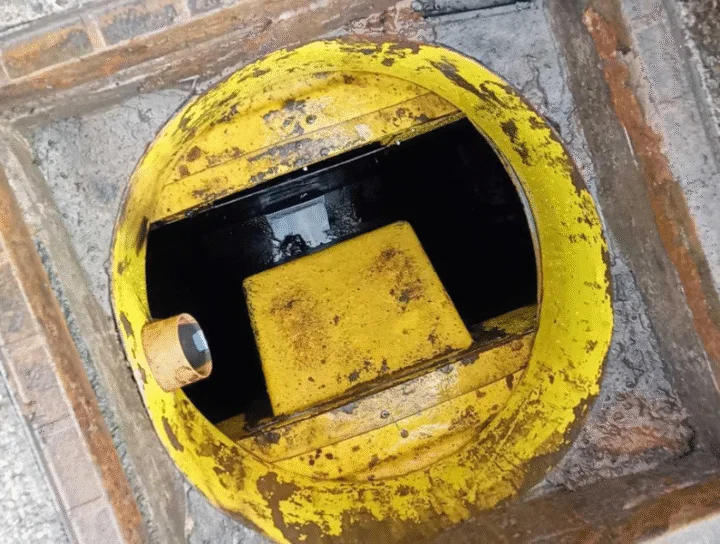What Is a Drain Gully and What Are They Used For?
Drain gullies form an incredibly important part of most drainage systems. Sometimes known as gully traps, water gully traps, water gullies, or gully drains – drain gullies are ground-level drains designed to discharge water from your property or a road surface. As well as helping manage ground water, gully drains can fulfil a wide range of purposes – including to help remove excess water from the surfaces of highways and roads, rainwater from your gutters, grey waste from your kitchen or bathroom, aiding in the removal of water from your washing machine or dishwasher, and helping dispose of used water from baths and showers.
Drain gullies typically fit into two drainage gully types, road gullies and domestic gullies. A drainage gully’s primary purpose is to connect waste and storm-water drains with the mainline drain.
That being said, as well as helping remove water, drain gullies have a number of secondary purposes. Gully drains also help stop and prevent bad smells, as well as deter rodents from escaping or entering the drain. Alongside aiding with waste water management, gully drains help stop blockages by preventing leaves and twigs from entering.
Where are Gully Drains Found?
Gully drains help support a very specific purpose within the drainage system, and as such, they are placed at locations where they can efficiently remove waste water. A domestic drain gully typically exists outside of your property, and when on a domestic property, drain gullies are usually placed at a discharge point where a grey waste discharge pipe or rainwater downpipe from your roof meets the ground.
A road gully is typically found at the side of a road or highway, but it can also be found in places where surface water or flooding is common, such as car parks and airports. This helps manage the waste water, and helps prevent standing water from accumulating.
Drain gullies usually have a grate or grid placed over the opening to avoid external debris such as leaves and twigs from collecting/blocking the pipework or water flow. By placing a grate over the gully drain it is not only possible to ensure that unwanted debris does not enter the drain, but it also ensures that it is possible to prevent future issues from occurring due to the build-up of grime.
What Types of Drain Gullies Are There?
There are two types of domestic gully traps commonly used in the home and found under the sinks, basins, bath and shower: a P Trap Gully and a Bottle Gully. Both a P trap drain gully and a bottle gully serve similar purposes; however, they vary slightly in how they are maintained. As well as domestic gully drains, there are also road gullies, all of which we will explore below. Despite being different forms of trap, P Trap gully drainage and Bottle gullies drainage work in incredibly similar ways.
P Trap Gully
P trap gullies, which get their name from their shape that commonly looks like a U-bend or the letter P, are a form of drainage gully trap that works by trapping water in the curve section of the pipe whilst allowing for other water to flow through the system. Within the bend of a P trap gully, the trapped water acts as a barrier to seal off smells from the drainage below. This works in a similar way to a U-bend in a kitchen sink or in a toilet. The water that collects in the U-bend, or P shape, creates a wall that any unwanted smells and gases can’t break through.
A P trap gully is the most common type of gully drain, but this does not mean it comes without its difficulties. P trap gullies can easily become blocked and, due to their unusual shape, they cannot be cleared by rodding in the same way a bottle gully can. Luckily, there are alternative ways a drainage specialist can use to break down any debris that blocks a P trap gully, making it easier to remove.

Bottle Gully
The bottle gully, on the other hand, is designed to help remove the common problem of blockages found in P trap gullies as there is no tight U-bend in the pipe to trap water. Bottle gullies make use of an inner sleeve that acts like a bottle. Water drops into the middle of the bottle trap and is then forced up between the sleeve and the side to an outlet pipe that connects with the main drainage system. Where different to the P trap gully, the bottle gully uses a similar premise. The bottle gully design still uses water to trap rising smells and gasses.
An advantage of the bottle gully is that it uses a removable sleeve, making cleaning a more straightforward task. As such, bottle gullies are a newer style gully drain that are used more commonly on newer properties and pipework.
Road Gullies
Road gullies are much larger than domestic gullies. They work in a similar way and can typically drain an area of up to 250m2. They are placed at the road or kerb edge and covered from the top with a metal grate or grid.
Road gullies are, generally speaking, designed to be far more robust and far stronger than domestic gully drains. Road gullies need to be able to withstand both large amounts of water but tend to be a lot larger to help prevent blockages.
If you are looking at getting a gully trap or gully drain installed then it should always be installed in concrete. If you are looking at an installation project then you can contact our drainage experts today by finding out more about our road gully services or calling us today on 0800 66 88 00.
Gully Drain Grating
No matter the type of drain gully you have, the odds are it will be covered by a grating. Although it may seem incredibly simple, the grating that covers a gully fulfils an incredibly important purpose within the course of the wider drainage system.
When looking at a drainage system as a whole, and the kinds of problems that can arise, most issues stem from something alien to the drainage system entering the pipes and causing blockages. In a domestic setting, this can be chemicals, fat, or even items such as wipes or nappies. In a commercial setting, or a commercial kitchen, it may be caused by excess oils seeping into the drains. When talking about gully drains however, the majority of issues arise when debris from the outside world becomes trapped within the drain.
It is for that purpose that it is always important to not only check your grating regularly, to ensure it is structurally sound and clear (see below), but it is always important to ensure that you have the right grating for your gully.
Gully grating goes from Class A to Class F, with each type of gully grating being suited to a specific situation. Class A is designed for pedestrian areas, Class B is right for residential drive ways, Class C for small commercial car parks. Classes D, E, and F are all designed for industrial or commercial areas and can withstand a large amount of force being applied to them.
No matter where your gully is, it is important that it is covered by the right form of grate in order to ensure it can do the job it needs to.
How to Correctly Maintain a Drain Gully
Every drain gully, no matter where it may be, must be routinely maintained to avoid the risk of flooding and blockages. Road gullies will be maintained by the local authorities; however, gully drains on both private and commercial properties will need to be regularly maintained in order to avoid congestion.
The good news is that there are a few very simple checks you can do yourself. One of the basic ways to check a drain gully can be done by simply inspecting your grates for debris or slow flowing water. When checking your gully, make sure your drain gully isn’t blocked with leaves, twigs or other debris clogging the flow of water into the drain.
When checking your drains it is important not to underestimate how important drain gullies are to the performance of your properties drainage system and how important it is to maintain them regularly. Should a blockage occur, a specialist drainage engineer will be able to use equipment that breaks down the blockage into smaller pieces, allowing it to be removed or flushed through the drainage system. Depending on the type of drain gully, this can be done through using a drainage rod or through professional drain jetting equipment as needed.
If the drain gully overflows or is slow to drain there may be a blockage. If your gully drain is blocked, then you must promptly clear the blockage to avoid flooding damage to your property or rising odours from smelly drains.
Do not be tempted to do this without the correct tools or skills required to safely clean a drain gully, as you will risk pushing the blockage further into the drainage system or displace the pipe, potentially making the problem worse.
Contact Your Local Drain Gully Experts
If you need help with a drain gully, Metro Rod are available 24/7 to resolve any blockages and repairs. You can contact your local depot today to discuss your gully need in more detail. Alternatively, you can call us today on 0800 66 88 00 to talk to one of our team today.

Talk to your local Metro Rod specialist
We are always happy to arrange a free site assessment and no obligation quotations for any work you might need. Alternatively, you can call our emergency hotline number on 0800 66 88 00
Get in touch Drainage Services

